The Gunner and the Grunt: Two Boston Boys in Vietnam with the First Cavalry Division Airmobile Review

“The Gunner and the Grunt is easy to read and difficult to put down. As a Vietnam veteran, this reviewer found their accounts accurate in describing the challenges and dangers of combat, as well as life as a field soldier.”
Conflict of Command: George McClellan, Abraham Lincoln, and the Politics of War Review
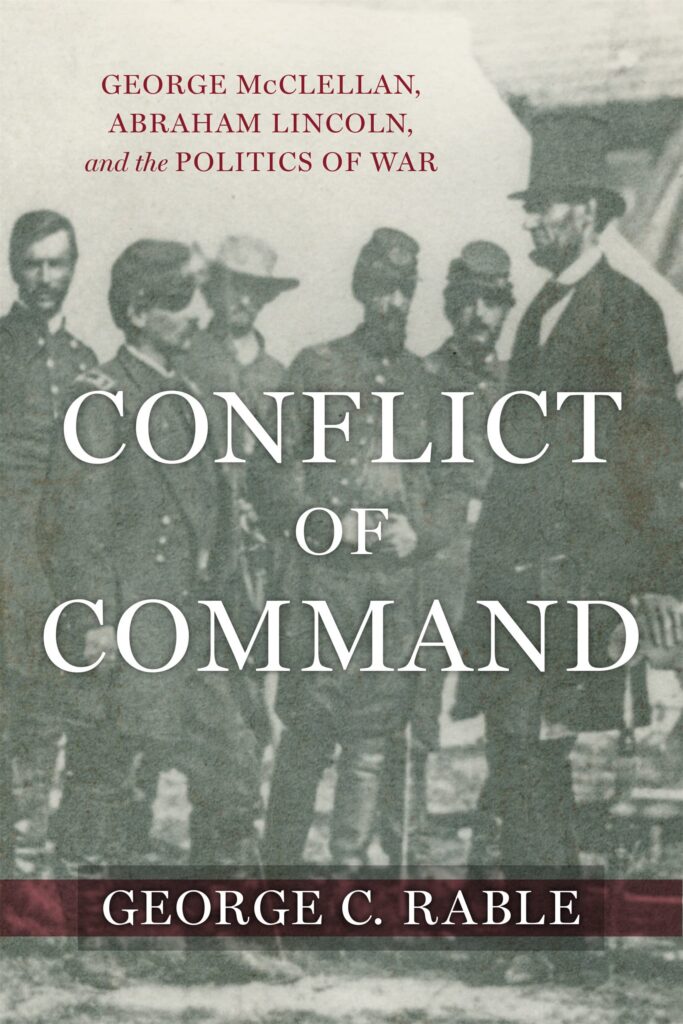
“The relationship between President Abraham Lincoln and Major General George B. McClellan is one of the most significant topics of the Civil War. Although covered by many before him, Rable presents thought-provoking arguments seldom explored by others.”
Stray Rounds
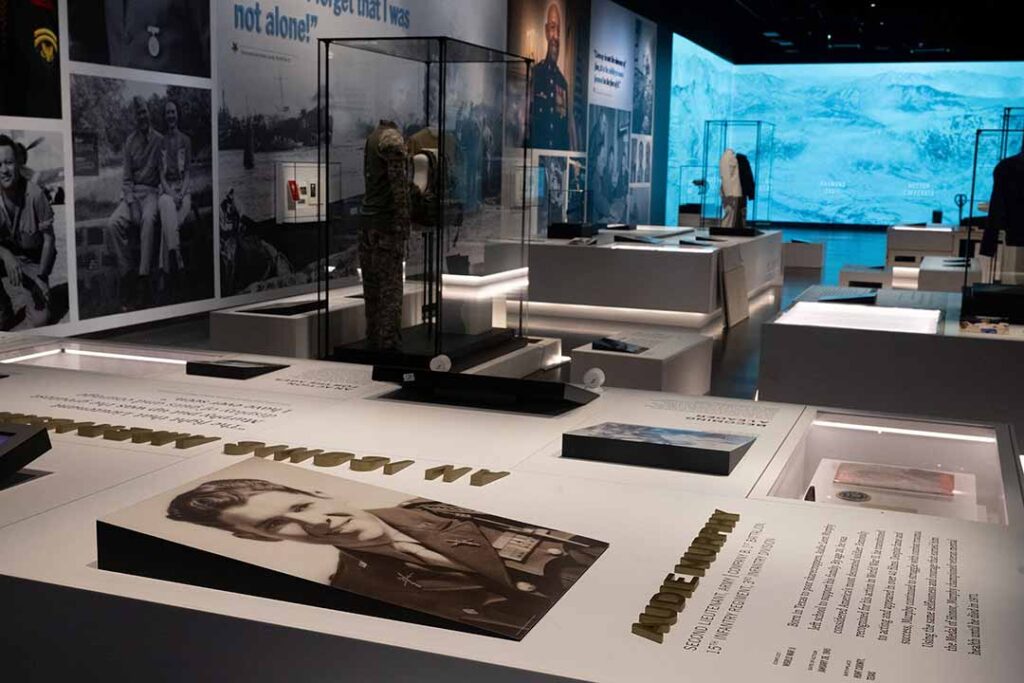
Five items of recent news as of June 2025.
On Point – Complete Editions
On Point – The Journal of Army History Complete Issues
Fort Hunt, Virginia
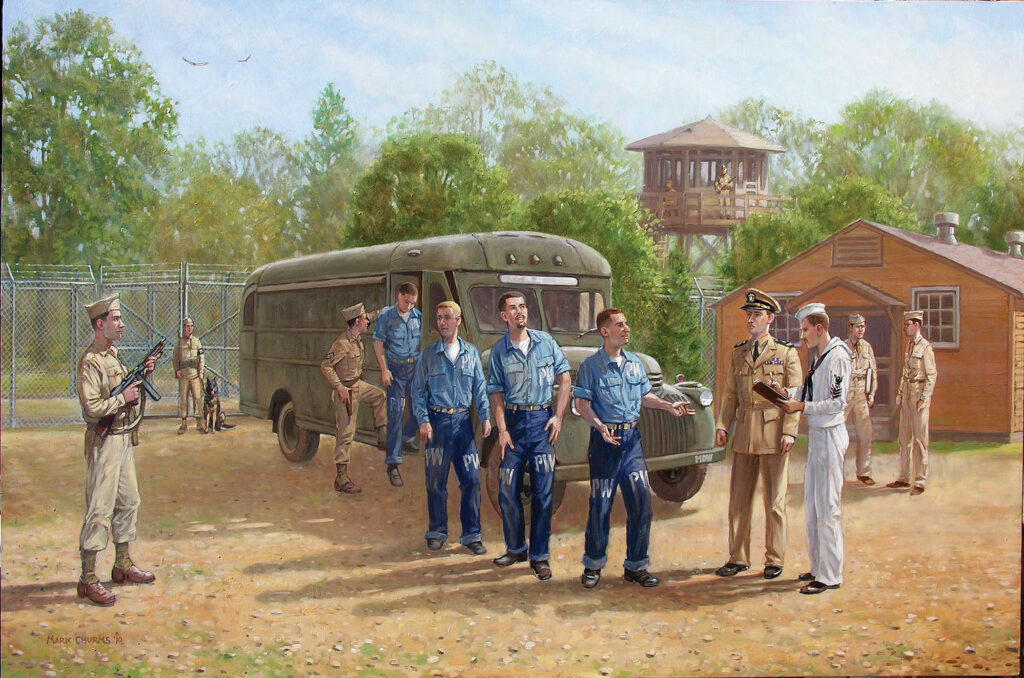
By Dallas Looney Fort Hunt, located along the Potomac River in northern Virginia, was part of George Washington’s Mount Vernon estate and remained part of the property until 1892, when the War […]
Army Art – Artwork of the Revolutionary War
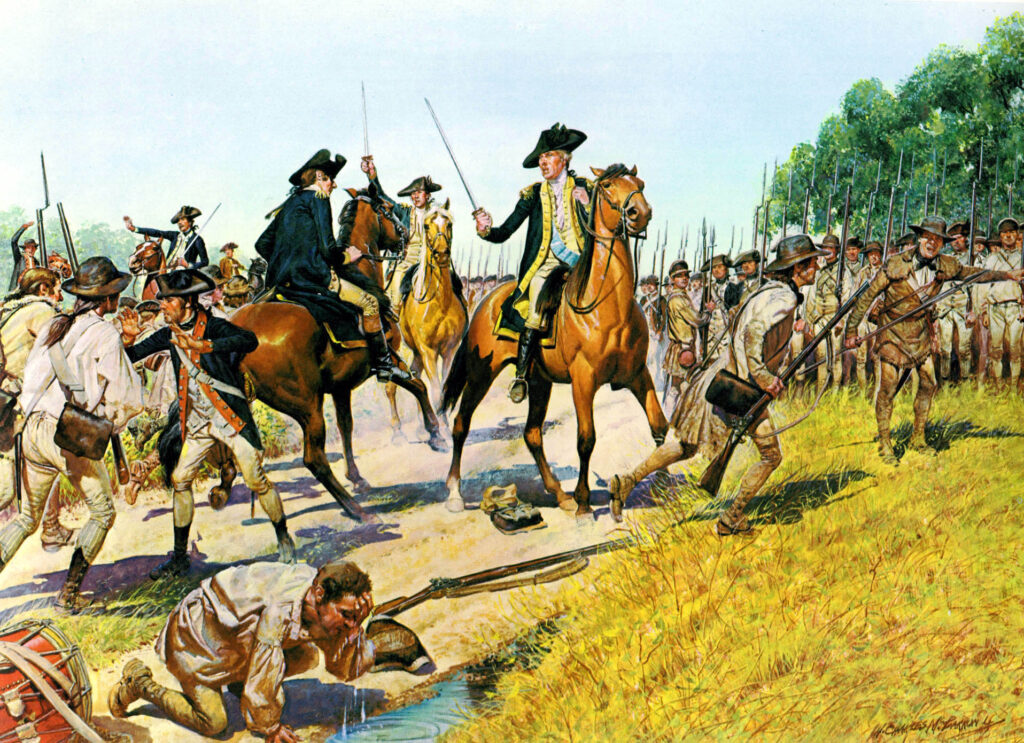
After years of growing tensions between Great Britain and its North American colonies, on 19 April 1775, open hostilities erupted when British regulars and Massachusetts militiamen clashed at Lexington and […]
Union General Daniel Butterfield: A Civil War Biography Review

“Dr Pula has provided a serious and thoughtful modern biography of a less visible personality whose impact was broadly felt across armies, in remembrance and memory, and to the nation writ large.”
Patton’s Tactician: The War Diary of Lieutenant General Geoffrey Keyes Review
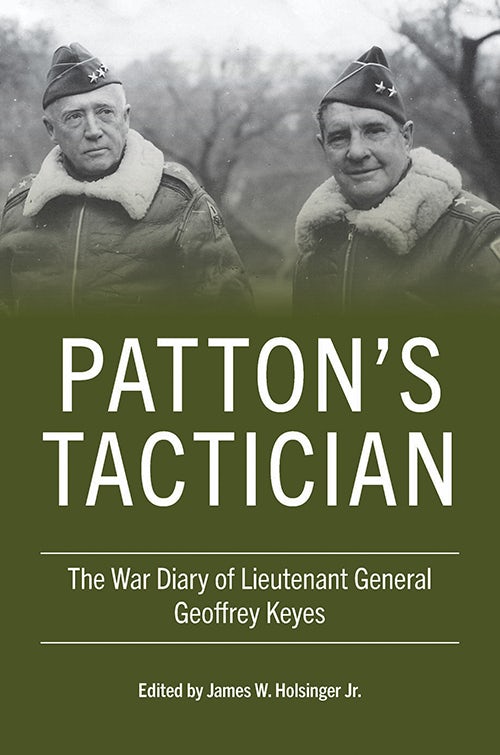
“In the end, except by Patton, Keyes was often overlooked and sidelined. He felt—and wrote about—being passed over keenly. Holsinger remarkable editorial work helps bring those critical contributions to greater light and life.”
175th Infantry Regiment
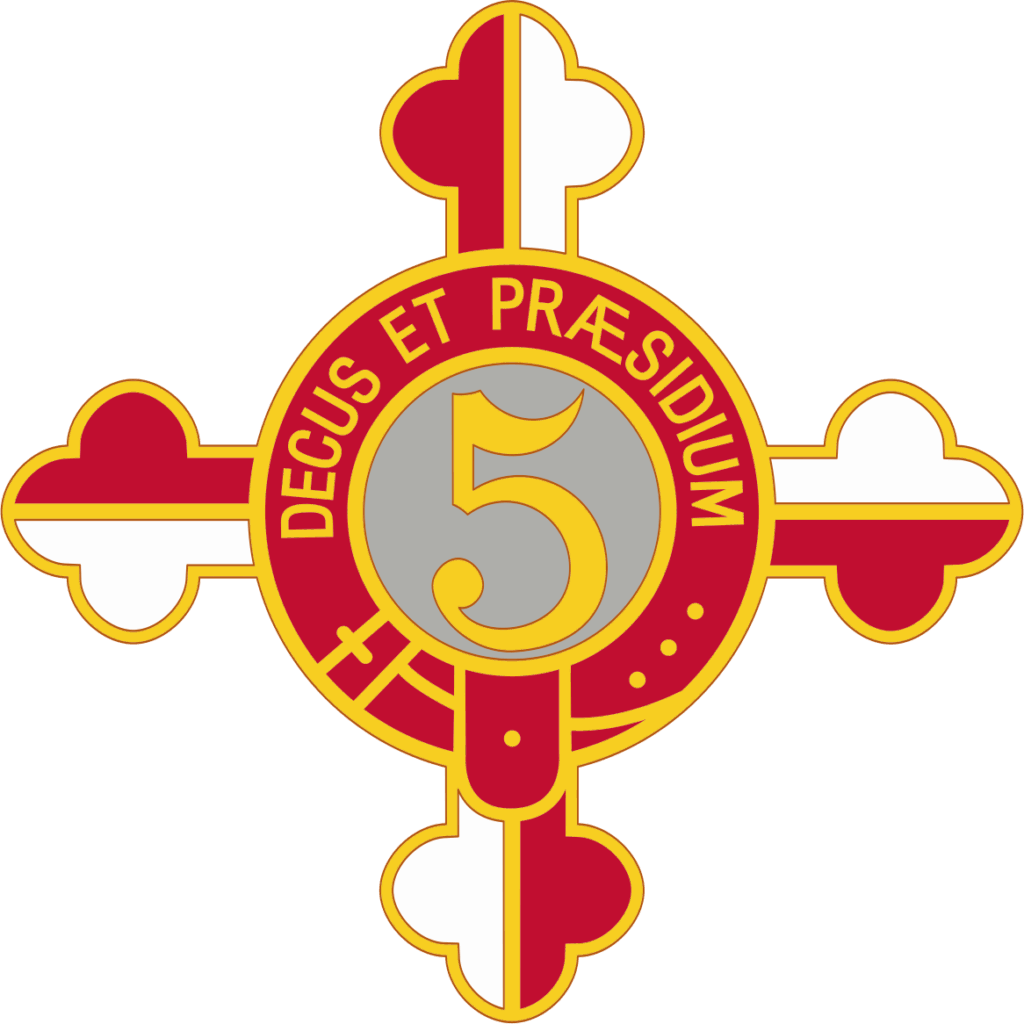
The 175th Infantry is the oldest continuously operating military unit in Maryland, and the seventh oldest regiment in the U.S. Army.
Raising a Pint to Army History

The Army Historical Foundation is proud to partner with Honor Brewing Company to celebrate the Army’s 250th Birthday.

